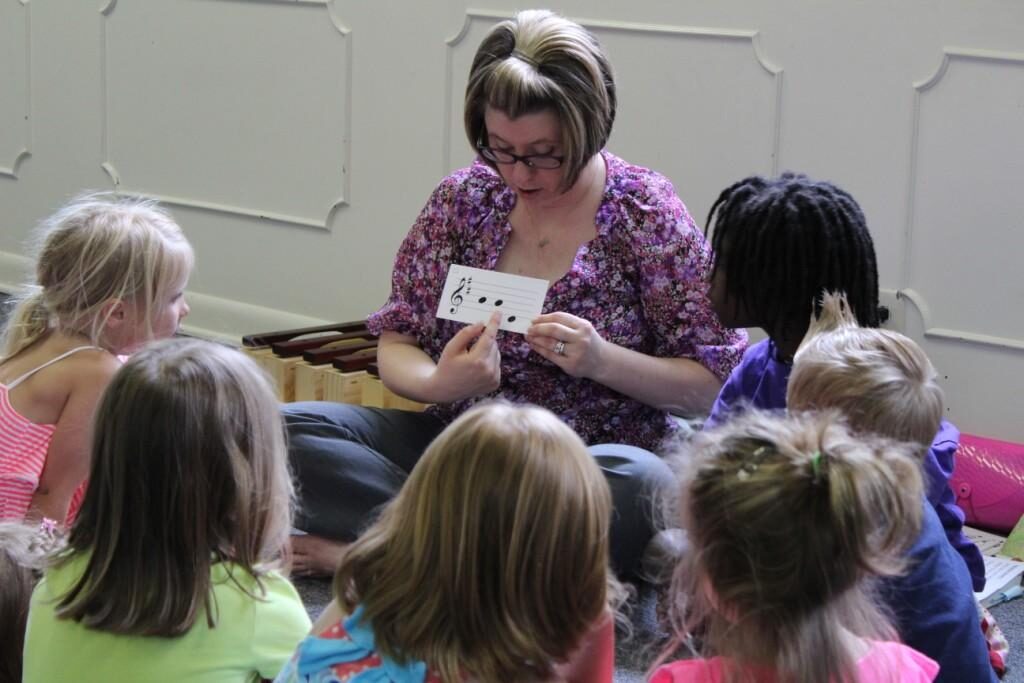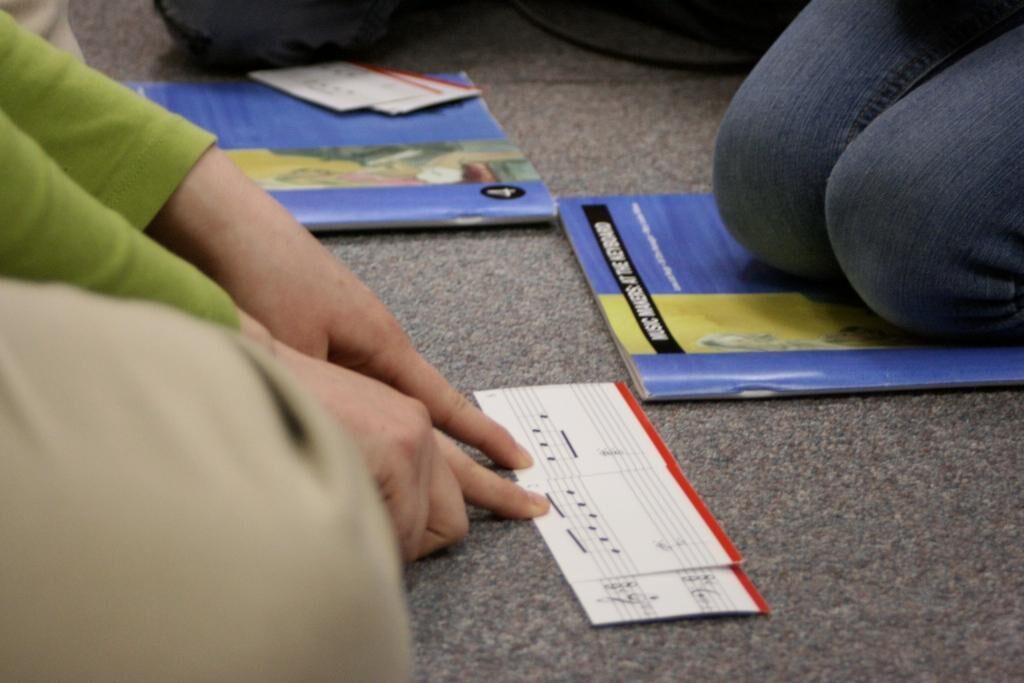Literacy is often incorrectly defined as simply the ability to read and write. Merriam-Webster expands on a distinction that is essential for understanding childhood music literacy. This dual definition highlights both the fundamental skills of reading and writing as well as a broader understanding or competence in a particular area of knowledge. The next two articles in this blog series are an abridged version of four Musikgarten articles from January 2021 that focus on piano and instrument instruction using the Musikgarten Method.
The Second Stage of Childhood Development
Many children’s music programs emphasize the early stages of development but often fail to continue progress in the second stage necessary for music literacy. Jean Piaget’s theory of developmental stages includes the Concrete Operational stage, where children, ages 7 to 11, become more aware of external events. While Piaget’s age ranges vary, this article focuses on children aged 6 to 9. At this stage, children are ready for new challenges, showing refined motor skills needed for playing instruments. They begin to seek understanding beyond mere recognition, exploring symbols and patterns, which fosters improvisation and cooperative learning.
Children Love to be Part of a Group
At the second stage of childhood development, children become more self-aware and eager to join peer groups. These groups help children learn rules, push limits, and test ideas, which are essential for developing social skills. Group settings are crucial for learning as they provide diverse perspectives. This approach is equally beneficial in music programs, where making music with peers enhances cooperative learning and concentration.
Music Literacy through Children’s Group Keyboard Lessons
Keyboard lessons offer cognitive challenges and the group dynamics that children crave. Music literacy does not simply mean reading notes, but includes understanding and composing music. The Musikgarten process starts with aural learning while transitioning into music notation. This method helps children appreciate music’s tonality, meter, and style, refining their listening skills.
Learning Piano Through Familiar Songs and Vocal Quality
Singing helps children build a repertoire of familiar songs, enhancing their desire to play those songs on the keyboard. Singing fosters beat confidence, understanding of meter, and tonality. Effective music teachers focus on vocal quality to develop children’s sensitivity to musical keys, tones, and pitches. They sing clearly, with proper intonation and posture while modeling expressive musicianship. In turn, familiar songs help children translate singing into playing, as seen in the Montessori self-learning approach. This foundation aids in understanding beat, meter, and patterns, making it easier for children to play songs in various keys.
Integrating music into early childhood education offers numerous benefits. Studies show that music education enhances cognitive development, improves social skills, and fosters a lifelong appreciation for music. Children who engage in music from an early age often perform better academically and have higher self-esteem. This makes the structured approach to music literacy through group lessons and familiar songs even more valuable, as it builds a strong foundation for both musical and personal growth.
Interested in knowing more about Musikgarten’s Music Makers: at the Keyboard material? Click this link to attend a Free information session.







